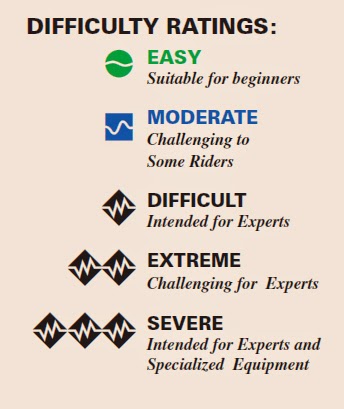Ideas for #chapelpres
- State of the Philippine economy
- The global economy and the influence of oil
- The origins of the universe
- The Detroit Pistons
- Detroit Piston-Chicago Bulls rivalry
- Geography of music
- Cultural geography
- The digital age
Introduction
- Have you ever calculated the number of hours you spend every day looking at a screen of any kind? What about so far today?
- Have you ever Googled yourself?
- Have you ever Navered yourself?
- What is the point? The point is two fold:
1.You should be aware of and in
control of your digital footprint; 2.You should reflect on how
technology affects your life.
Before we get too far ahead of ourselves, we should take a look at how we got here in the first place. The Internet was designed in 1969 by the US government as a way to keep many computers connected even if one went offline. The idea was to have continuous connectivity regardless of whether or not all computers were connected simultaneously.
With the advent of the world wide web in 1980's and modern computing technology beginning to reach the masses, the stage was set for average people to use the Internet to communicate with one another online (see the film
You've Got mail).
From there the web has evolved into a forum where sites now allow and encourage user modifications, offer e-commerce, provide for file transfer and upload, allow giant corporations to make billions off of
your social networking, and much more. People refer to this as "web 2.0" or a sort of updated version of the original world wide web. All sorts of statistics abound but if amazon.com was a country and you used its revenue to match it up with the GDP of all the nations in the world, it would rank as the 86th biggest economy on the planet right next to Kenya at $34.2 billion.
If I was to use one word to describe the social network, it would be "pervasive." Think about for a second everything you have ever done online. That's how big your digital footprint is. Thats because we willingly give these billion dollar companies like facebook, Twitter, and Google our personal information in the form of updates, photos, and videos and in return they provide us with services that are addictive, fun, and extremely useful in some cases. Just a fun fact: did you know that anywhere between 30 and 90% of employers admit to checking the facebook pages of their potential employees? Regardless of their original and stated goal of these social networking companies however, at the end of the day these companies want to make as much money as possible. They're going to do whatever they can to keep you hooked on their product.
Add to that the advent of the cellular telephone allowing mobility and access to information on the internet in the palm of your hand. What do end up with is...screen time. Do you know what your generation is being called in the United States? Generation Z. You are the digital natives. That means you have never lived without the Internet and some form of technology to connect you to the Internet like a phone, a computer, a TV, a console, a tablet,
glasses,
a watch,
or wearable technology.
The point is that it's easy to get caught up in it all and never questioning its value or how it changes who you are as a person. Ask yourself... Is facebook emotionally rewarding or does it make you envious of others? Is an uploaded selfie to Instagram a harmless fun way to take a photo or is it narcissistic? Is YouTube an digital learning platform or just another form of television? Does a retweet show genuine interest or is it a sign of unoriginality? Do Skype and Google Docs decrease time and space by connecting people from different continents or do they increase time and space by allowing friends to chat with one another even though they're in the same room together? The point is, by all means go online, use these tools, create content, learn something. I use them too! I just ask you to consider first what you put online and second to think about how all of it affects you. One of the best ways you can do this is what I mentioned at the beginning about screen time. Put away your cell phone, laptop, television, tablet, console, PC, mp3 player for just one day. Have a nice deep reflection about what it was like. Then you might really be aware of the psychological affects these things have on you.
Digital natives have never lived without convenient, reliable access to the Internet and barring any dramatic unforeseen change, they probably never will. In fact, if current trends are any indication, things will most likely grow
faster and
more convenient with regards to the Internet and technology before they start to slow down and cease to push the physical limits. The power at the tips of your fingers, and maybe next time at the tip of your nose, will prove to be your greatest resource, your biggest distraction or more than likely a combination of the two. The beauty of it all is that depends on you. Is this how you want to live because its not how I want to live and I've made the decision: no phones, tablets, or laptops at the dinner table.










